Josh Yakov
The former chef went down the crypto rabbit hole during the pandemic and became an expert in generative art.
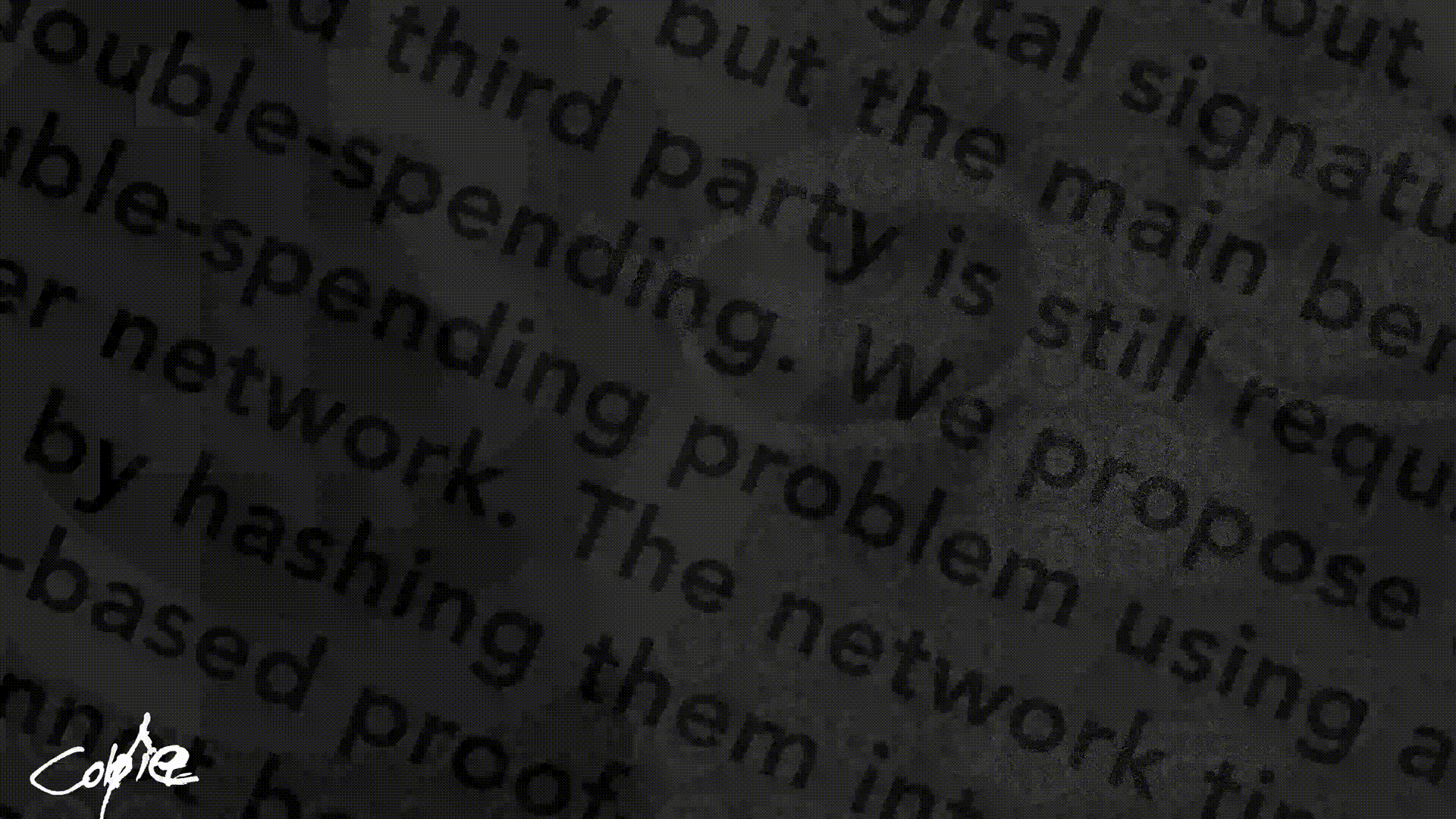
Last month the NFT marketplace SuperRare celebrated five years since its launch—an eon in the fast-moving world of crypto. While SuperRare has evolved over time, it hews remarkably close to its original vision: a platform for the sale of unique works of digital art. Even as the collectors’ attention has graviatated toward projects with large edition sizes—PFPs, then generative art—SuperRare maintains a focus on one-of-ones. It has also kept its initial procedure of curatorial review to determine who can sell on its marketplace, though the process has been somewhat decentralized through Spaces—virtual galleries on SuperRare with their own approval processes—as well as a DAO that gives collectors and artists active on the platform a say in who can join. SuperRare’s early adoption of smart-contract royalties influenced the industry standard of 10 percent going to artists on secondary sales, and it has continued to enforce these payments even as other platforms seek ways around them. Jonathan Perkins—who conceived SuperRare with his cofounders and cousins, John and Charles Crain, in the wake of the 2017 ICO bubble—spoke with Outland about the genesis of the platform, how it has evolved, where things are headed, and how he acquired a collection of his own in the process of meeting artists and onboarding them to the marketplace.
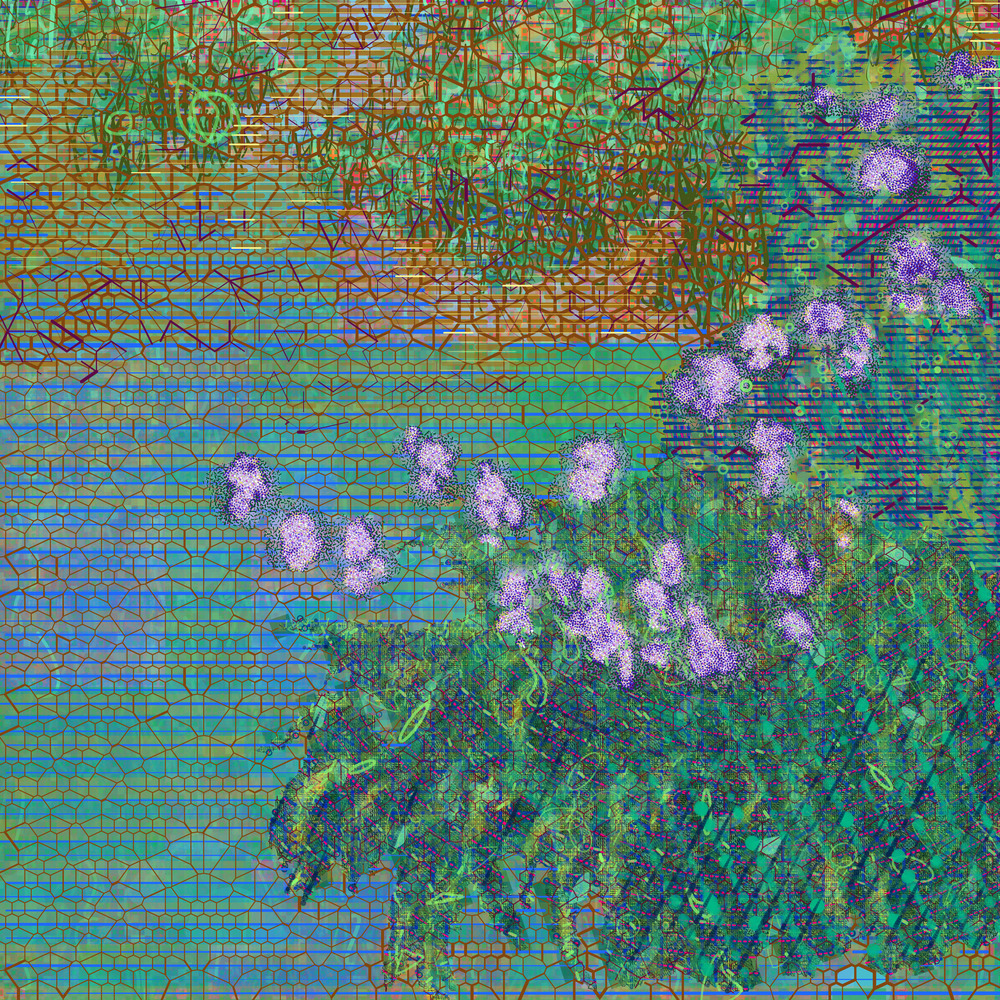
I studied digital media at university. My graduation coincided with the tail end of the financial crisis and the emergence of Bitcoin. In 2016 I bought some Ether and experimented with it, but in those days its primary use case was financial, which didn’t totally resonate with me. But I started noticing fascinating grassroots projects like Rare Pepes and CryptoPunks. These represented the convergence of my two passions: digital art and the emergence of internet-native markets facilitated by blockchain technology.
In 2017, my cousins were living in New York and working at an Ethereum-based startup. We observed discussions about the upcoming ERC-721 standard among developers on GitHub, and realized the potential significance of having a standardized way to trade digital objects. Wouldn’t it be amazing to create an Instagram-like app where people could trade art? The trend at the time was launching tokens to fund the development of new products, many of which never materialized. We aimed to be pragmatic, focusing on building something genuinely useful that could immediately help artists earn money.
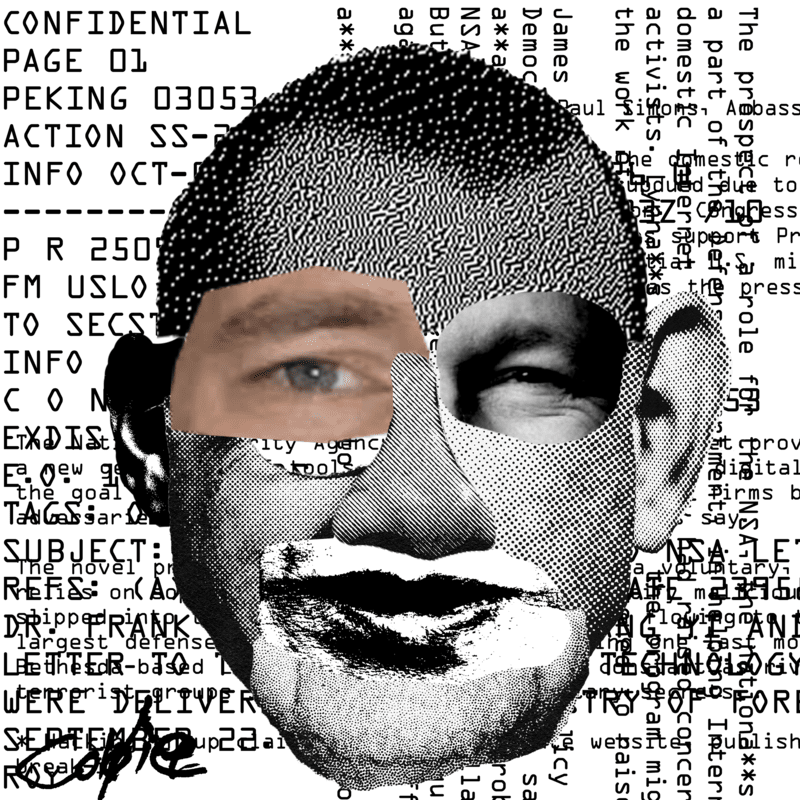
Being involved in the market since the early days of artists creating NFTs has been incredibly fascinating. Our primary focus has always been on the digitization of art collecting. While it’s not always easy to distinguish art from PFPs—CryptoPunks is one example of a project that blends the two—it’s evident that a significant portion of the NFT market is centered around speculative trading and quick trends. On SuperRare, there’s a small number of major players responsible for a significant volume, but there’s also a healthy long tail of several thousand collectors. Its accessibility is a big difference from the traditional art market: you don’t need any specific credentials or to be in a certain location to get started, so it’s more inclusive and less intimidating for collectors.
Our approach has been iterative and experimental, even in the platform’s launch. We wrote all the code ourselves, and the platform was basic, and we listened to feedback to improve. We never aimed to be hyper-curated. We believed in the internet’s open systems and anticipated algorithmic content monitoring, like on Tumblr and Instagram. But we also met with artists before they joined, to build a thoughtful community. Although we expected to find a more scalable solution within six months, curating turned out to be crucial. We saw the open approach of other platforms result in authenticity issues. There was a big monetary incentive to create fake accounts and deceive collectors with plagiarized work. So we continued with a curation process that we had initially seen as temporary. Over time, it became deeply ingrained in our culture and DNA.
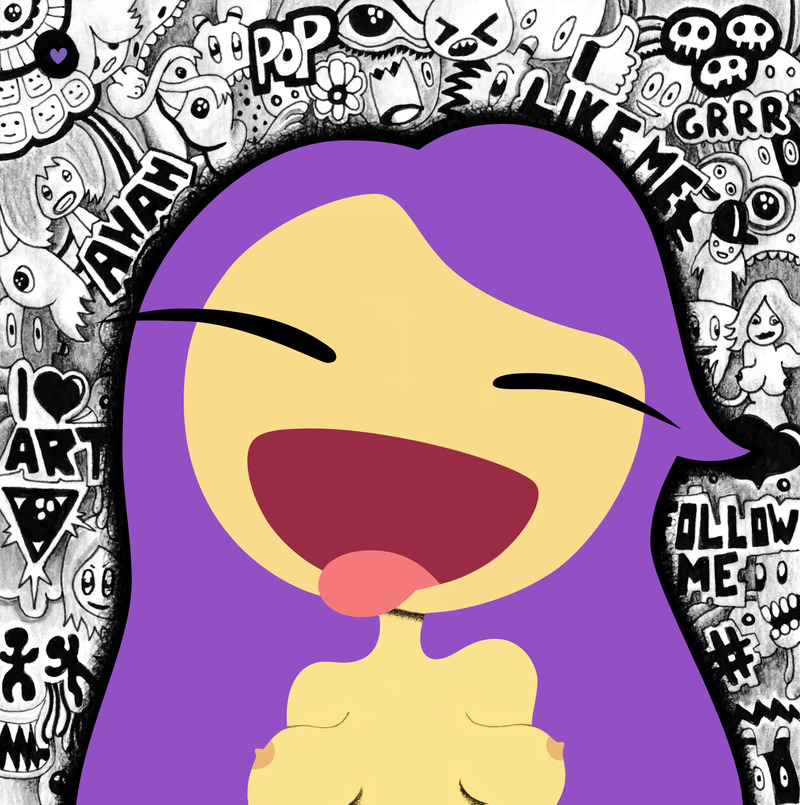
To address the scalability of curation, in 2021 we introduced Spaces, independently run storefronts on SuperRare. This has extended our community and brand reach. Additionally, we have doubled down on editorial efforts, utilizing our social media channels and content to tell compelling stories about artists we find interesting or deserving of recognition. We have discovered that the market benefits greatly from the context and narrative surrounding the art.
The SuperRare DAO revolves around curation, and it’s composed of holders of the $RARE token. These tokens were distributed to artists and collectors who had used SuperRare up to that point, in order to target the community of active buyers and sellers. We aimed to make governance fun and gamified. Initially, the governance function of the token and the DAO focused on electing Spaces, which had a significant impact because it determined the first galleries to go live on SuperRare. Currently, we are working on a proposed comprehensive upgrade for the DAO that will introduce an on-chain use case for the token, involving staking it in order to do curation or reputational work.
Before starting SuperRare, I wouldn’t have considered myself an art collector. But sometimes when you make a product, you’re the initial audience for it. In the early days, for me and my co-founders, building our own collections felt special, and we had the opportunity to connect with artists through video or phone calls. I got a deeper connection with artists, and more reason to collect their work.
Matt Kane, who joined SuperRare early on, is a visionary and one of my favorite individuals in the community. His work pushes the boundaries of generative art. He builds his own tools to create intricate and detailed artworks. I collected his Irises after Claude Monet (2019) for 3 ETH, then around 380 USD, which at the time was considered a significant sale.
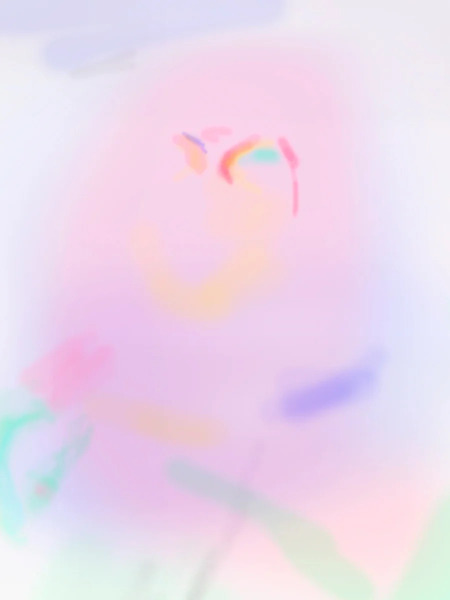
Travis LeRoy Southworth has been with us from the very beginning. We met him even before our launch. He’d visit our co-working space in Brooklyn, and I’d show him our work on my laptop and gather his feedback. Travis was genuinely enthusiastic and eager to assist. I appreciate his unique artistic brand. He has a background as a professional photo retoucher, which has fed into his techniques, using motion tracking as he works with a stylus or tablet. The data gathered from his movements forms digital paintings with subtle palettes, gossamer textures, and hints of human forms. Travis’s art stands out for its subtlety in a world of bold and overt visuals.
Another artist I hold in high regard is Coldie. Although we didn’t meet in person until around 2020, we collaborated for several years through phone calls, video chats, and joint projects. One remarkable aspect of Coldie is his willingness to work on any idea you have. In 2018, we suggested a collaboration for a conference in San Francisco. We mailed iPads to him and covered the expenses for frames, and he set up a booth representing SuperRare. He embraced the opportunity without hesitation. Coldie’s work draws inspiration from his upbringing in California’s gold country, reflecting concepts like gold panning and mining and connecting them to the blockchain. I’ve witnessed the evolution of his work, from intricately crafted 3D pieces to his early ventures into generative art, such as the “DEyes” series (2021), which consists of 623 uniquely generated works, each a collage of facial features and text backgrounds.
Hackatao is an Italian husband-and-wife duo living on a farm with their ducks and their kids. Sergio specializes in fine pencil drawings with integrated words, while Nadia creates expressive, cartoonish pieces. Hackatao blends their distinct styles, often making Sergio’s drawings the background for Nadia’s larger figures. We were introduced to Hackatao shortly after our launch by our friend Jason Bailey, who was the first collector on SuperRare. The duo’s positive energy has made them iconic figures in the crypto art space.
The bear market we are currently experiencing could end and come back in the next five years. But art is a fundamental human expression, and supporting creators by collecting their works has been a timeless practice. We view the digitization of art as an extension of this, though it will take time for the full transition to occur. Market cycles will come and go, revealing those who are truly committed to the art versus those seeking quick profits. Our goal is to contribute to the NFT ecosystem and continue championing the value of art.
—As told to Brian Droitcour
